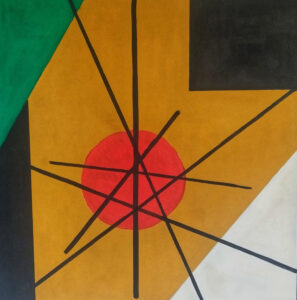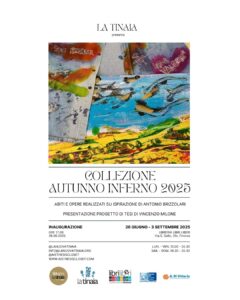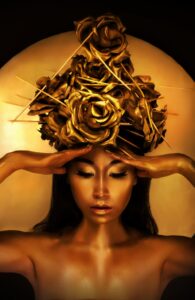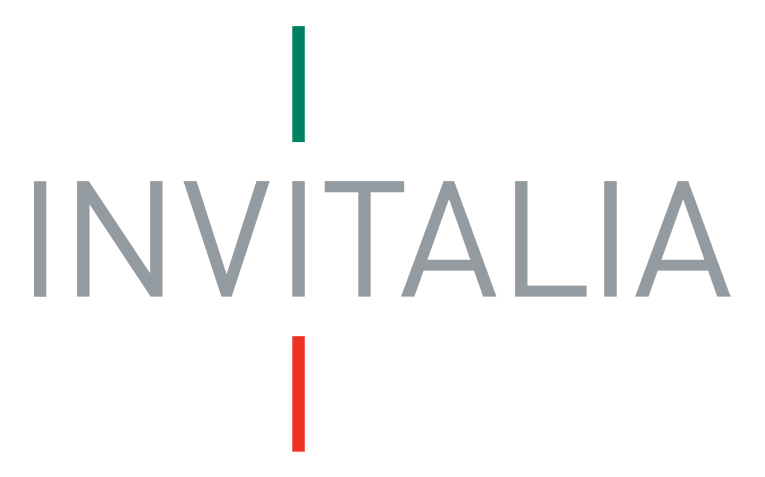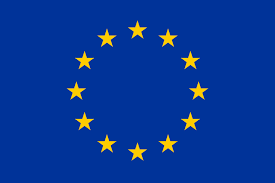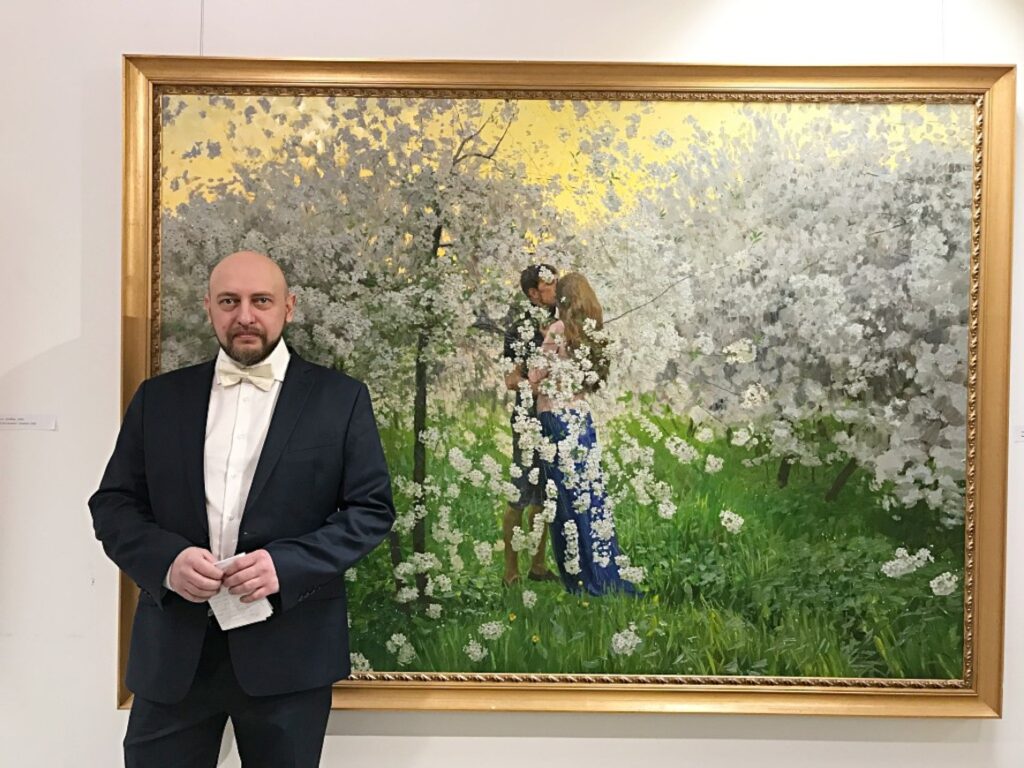
The works of Oleg Putnin (1974, Cherkessk, Republic of Karachay-Circassia) are pervaded by that sense of instantaneousness typical of plein-air painting: he observes the world illuminated by natural light, capturing the changes that this imparts in a given moment to shapes and colors. «In his paintings», writes Maurice Rufin, «Putnin does not represent the object, but the relationship between light and the color of the object, which is as if enveloped in it. The lighting seems to loosen things up, revealing the correlation between the weather and the artist’s emotions.
Light and color are therefore the central subject and intertwine the forms as in a tapestry.” This pictorial approach certainly brings him together with the French Impressionists: Putnin, in fact, captures the ephemeral sensation transmitted by an object in a sketch and brings it amplified onto the final canvas, but the monumentality and the skillful compositional balance of his paintings demonstrate how he has made his own the lesson of the Italian Renaissance. For fear of losing the precious perception of the moment, he often begins and completes large-scale works on canvas by working only en plein air. The elegant atmospheric rendering of the light and the mosaic complexity of the colors testify to his coloristic talent; the variety of genres in which he engages – landscape, portrait, still life – and which he often combines in the same work are a manifesto of his multifaceted pictorial creativity.
Putnin discovered his vocation for painting while still a child and, with the support of his parents, in 1989, he left the Caucasus and moved to Moscow – which would become his new home – to study at the Art High School and then at the Institute of Fine Arts ” Surikov”. Oleg Putnin’s work is known and highly appreciated in Russia and abroad. In addition to participating in important group exhibitions, he has held personal exhibitions in Moscow, St. Petersburg (Russian Museum, 2020), Paris, Berlin, and Rome.
